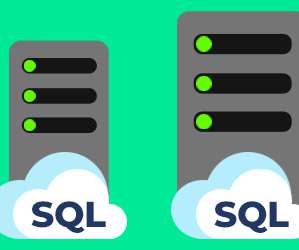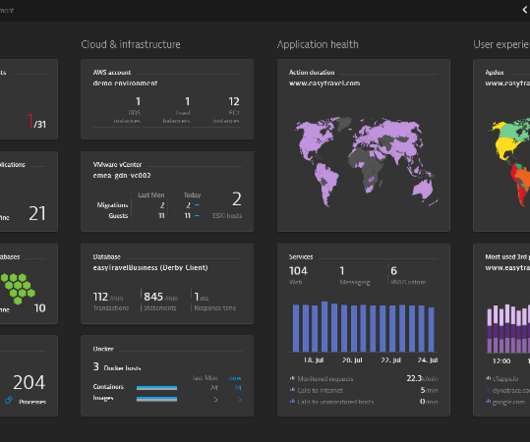Azure Virtual Machines for SQL Server Usage
SQL Performance
DECEMBER 17, 2019
One initial, easy step to moving your SQL Server on-premises workloads to the cloud is using Azure VMs to run your SQL Server workloads in an infrastructure as a service (IaaS) scenario. You will still have to maintain your operating system, SQL Server and databases just like you would in an on-premises scenario.



















Let's personalize your content